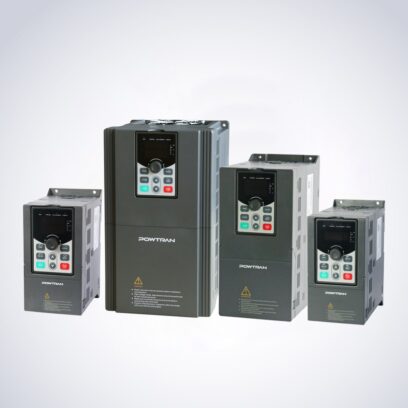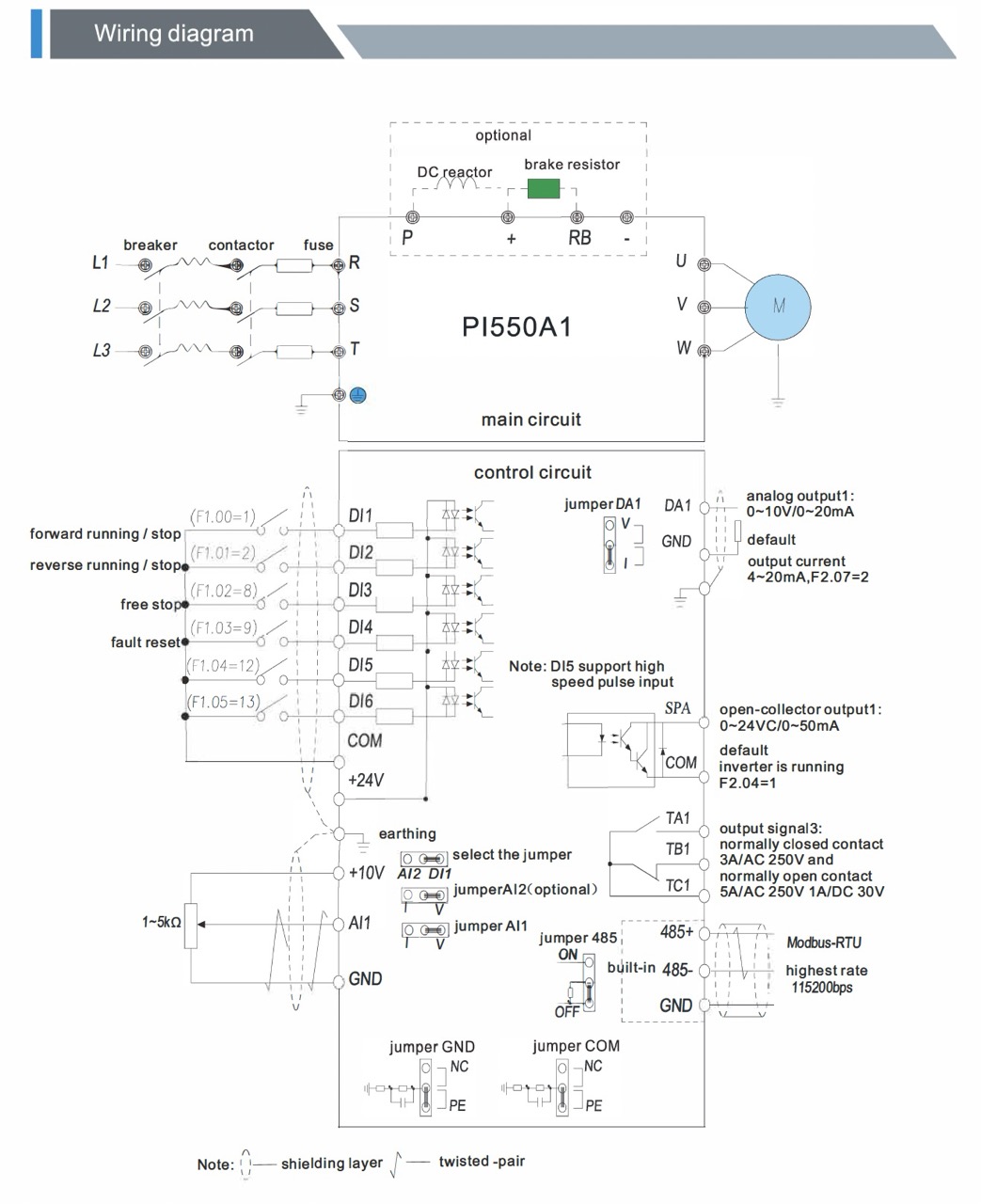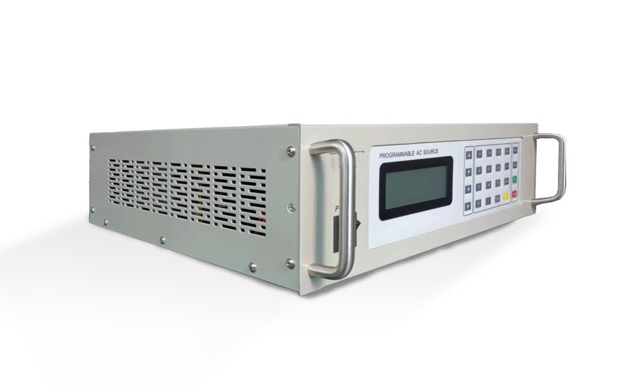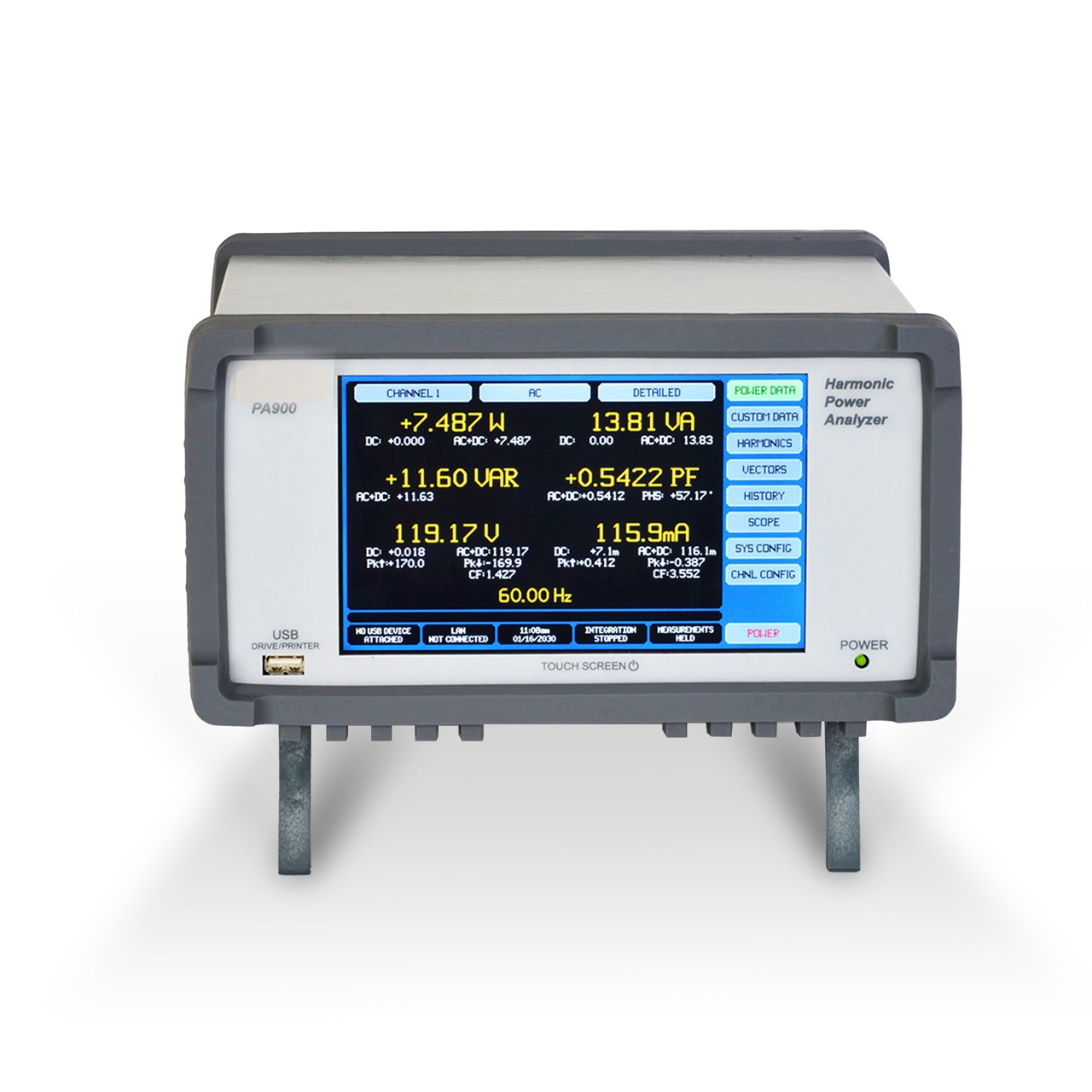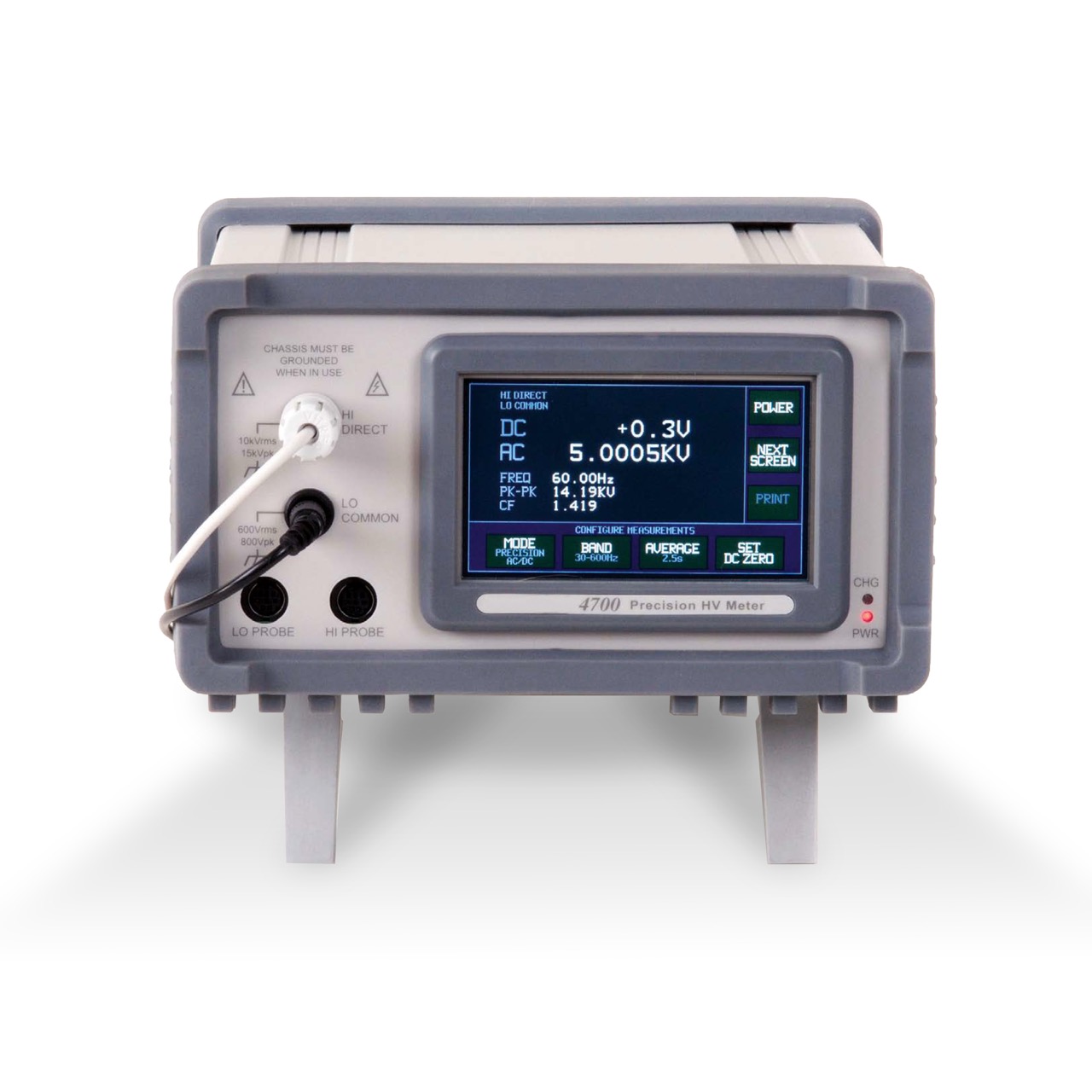| Power Input |
Rated voltage |
AC 1PH 220V(-15%)~240V(+10%)/AC 3PH 220V(-15%)~240V(+10%) AC 3PH 380V(-15%)~440V(+10%)/AC 3PH 480V(-10%)~480V(+10%) |
| Input frequency |
50Hz/60Hz |
| Allowable fluctuation |
Continuous voltage fluctuation: ±10% |
The voltage imbalance rate is less than 3% |
| Input frequency fluctuation: ±5% |
Distortion rate meets the standard IEC61800-2 |
| Control system |
Control system |
High performance vector control inverter based on DSP |
| Control method |
V/F control, vector control W/O PG |
| Automatic torque boost function |
Realize low frequency (1Hz) and large output torque control under theV/F control mode |
| Acceleration/deceleration control |
Straight or S-curve mode. Four times available and time range is 0.0 to6500.0s |
| V/F curve mode |
Linear, square root/m-th power, custom V/F curve |
| Over load capability |
G type:rated current 150% – 1 minute, rated current 180% – 2 seconds F type:rated current 120% – 1 minute, rated current 150% – 2 seconds |
| Maximum frequency |
1、Vector control:0 to 300Hz; 2、V/F control:0 to 3200Hz |
| Carrier Frequency |
0.5 to 16kHz; automatically adjust carrier frequency according to the load characteristics |
| Input Frequency resolution: |
Digital setting: 0.01Hz ; Minimum analog quantity: Maximum frequency 0.025% |
| Starting torque: |
G-type machine: 0.5Hz/150% (without PG vector control) ; F-type machine: 0.5Hz/100% (without PG daily control) |
| Speed range: |
1: 100 (without PG vector control) |
| Steady speed accuracy: |
No PG vector control: ≤ 0.5% (rated synchronous speed) |
| Torque response: |
≤ 20ms (without PG vector control) |
| Torque boost |
Automatic torque boost; manual torque boost(0.1% to 30.0%) |
| DC braking |
DC braking frequency: 0.0Hz to max. frequency, braking time:0.0 to 100.0 seconds, braking current value: 0.0~100.0s |
| Jogging control |
Jog Frequency Range: 0.00Hz to max. frequency; Jog Ac/deceleration time: 0.0s-6500.0s |
| Built-in PID |
Easy to realize closed-loop control system for the process control. |
| Automatic voltage regulation(AVR) |
Automatically maintain a constant output voltage when the voltage of electricity grid changes |
| Personalization function |
Self-inspection of peripherals after power-on |
After powering on, peripheral equipment will perform safety testing, such as ground, short circuit, etc. |
| Common DC bus function |
Multiple inverters can use a common DC bus. |
| Quick current limiting |
The current limiting algorithm is used to reduce the inverter overcurrent probability, and improve whole unit anti-interference capability. |
| Timing control |
Timing control function: time setting range(0h to 6500h). |
| Running |
Input signal |
DI1 input terminal |
6 digital input terminal, DI5 can be high speed pulse input (0~100kHz square wave) |
| AI1 analog input |
1 analog AI1 input terminal, can choose 0~10V or 0~20mA input |
| Multi-speed |
At most 16-speed can be set(run by using the multi-function terminals or program) |
| Emergency stop |
Interrupt controller output |
| Fault reset |
When the protection function is active, you can automatically or manually reset the fault condition |
| PID feedback signal |
Including DC(0 to 10V), DC(0 to 20mA) |
| Output signal |
Output terminal |
1 collector output terminal SPA; 1 relay output terminal; 1 DA1 analog output terminal |
| SPA / relay output |
each port has 40 signals can be optional, contact capacity of relay: normally open contact 5A/AC 250V; 1A/DC 30V |
| DA1 analog output |
1 analog output, 16 signals can be selected such as frequency, current, voltage and other, output signal range (0 to 10V / 0 to 20mA) |
| Running command channel |
Three channels: operation panel, control terminals and serial communication port. They can be switched through a variety of ways. |
| Run function |
Limit frequency, jump frequency, frequency compensation, auto-tuning, PID control |
| Frequency source |
Total 9 frequency sources: digital, analog voltage, multi-speed and serial port. They can be switched through a variety of ways |
| Protection function |
Inverter protection |
Overvoltage protection,undervoltage protection,overcurrent protection,overload protection,overheat protection (optional), external fault,communication error,PID feedback signal abnormalities,PG failure and short circuit to ground protection. |
| Display |
LED display keyboard |
Running information |
Monitoring objects including: running frequency, set frequency, bus voltage, output voltage, output current, output power, output torque, input terminal status, output terminal status, analog AI1 value, motor actual running speed,PID set value percentage, PID feedback value percentage |
| Error information |
Up to three error messages are saved. The time, type, voltage, current, frequency and work status can be queried when a failure has occurred |
| Key lock and function selection |
The keypad can be partially or fully locked, define the function scope of some keys to prevent misuse |
| IGBT temperature |
Display current IGBT temperature |
| Communication |
RS485 |
Built-in RS485 |
| Environment |
Environment temperature |
-10°C~40°C (temperature at 40°C to 50°C, please derating for use) |
| Storage temperature |
-20°C to 65°C |
| Environment humidity |
Less than 90%R.H, no condensation of moisture |
| Vibration |
Below 5.9m/s²(=0.6g) |
| Application sites |
Indoor where no sunlight, corrosive substance, explosive gas, water vapor, dust, flammable gas, oil, mist, salt, etc |
| Altitude |
No need to degrade use under 1000m, degrade 1% for altitude rise 100m when above 1000m, do not use above 3000m |
| IP degree |
IP20 |
| Product standard |
Product adopts safety standards |
IEC61800-5-1:2007 |
| Product adopts EMC standards |
IEC61800-3:2005 |
| Cooling method |
Forced air cooling |
